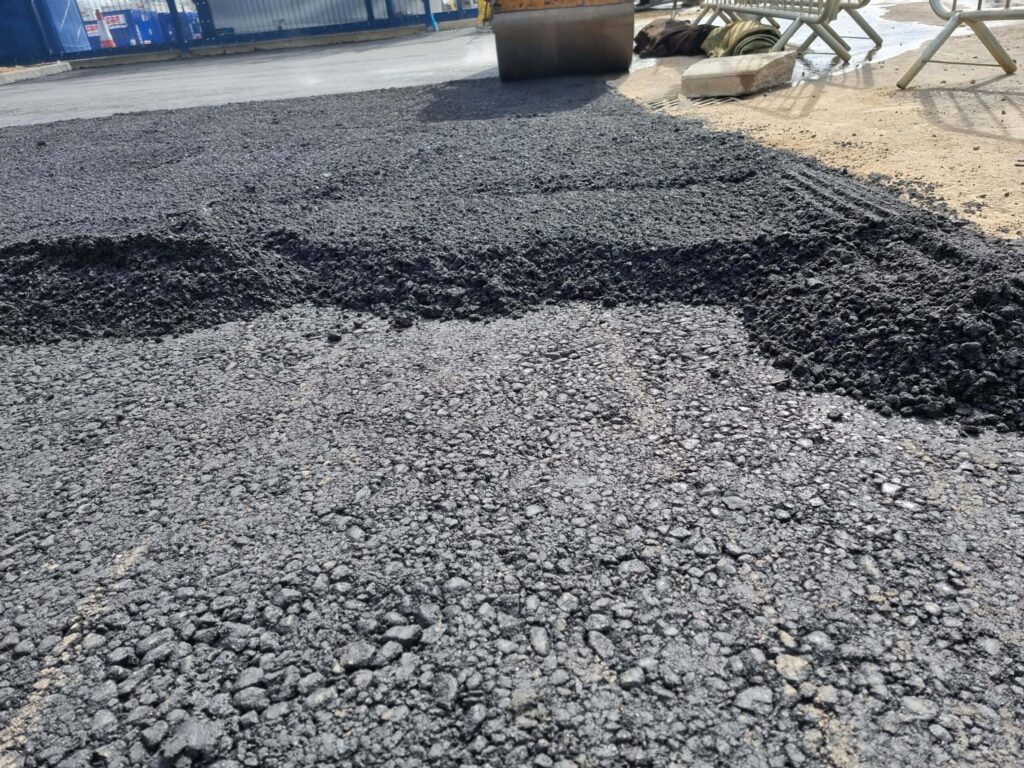The Role of Tarmac in Disaster Response: Emergency Access Routes
Introduction: In times of disaster, having reliable emergency access routes can be a matter of life and death. Tarmac roadways play a crucial role in facilitating the rapid response of emergency services, aiding in evacuating affected communities, and ensuring the efficient delivery of essential supplies. In this blog post, presented by Watton Driveway Solutions, we will explore the pivotal role of tarmac in disaster response and the importance of maintaining these critical access routes.
1. Rapid Deployment of Emergency Services
Tarmac roadways provide smooth and reliable surfaces that enable emergency vehicles, such as ambulances and fire trucks, to reach disaster-stricken areas quickly. The absence of potholes and rough terrain ensures these vehicles can maintain their speed and manoeuvrability, which is crucial in time-sensitive emergencies.
2. Efficient Evacuations
In natural disasters like floods, wildfires, or hurricanes, the timely evacuation of residents is paramount. Tarmac roads allow for safe and efficient evacuations, reducing congestion and the risk of accidents on rough or unpaved surfaces. Clear and accessible routes are vital for the orderly departure of affected communities.
3. Transportation of Essential Supplies
Disasters can disrupt supply chains and access to essential goods. Tarmac roadways are reliable corridors for transporting vital supplies, including food, water, medical equipment, and humanitarian aid. These routes help ensure that aid reaches affected areas swiftly, minimising suffering and loss.
4. Post-Disaster Recovery
After a disaster, the restoration of normalcy depends on quick and effective recovery efforts. Tarmac roads expedite the movement of construction equipment, repair crews, and debris removal teams. Efficient transportation on these surfaces accelerates rebuilding, allowing communities to regain their footing sooner.
5. Consistency and Durability
Tarmac roadways are designed to withstand heavy traffic and adverse weather conditions. Their durability ensures that emergency access routes remain intact even during challenging circumstances. Regular maintenance and repair are essential to preserving these routes for future disaster responses.
Maintenance and Preparedness
Regular maintenance and preparedness measures are vital to ensure the effectiveness of tarmac emergency access routes. This includes:
- Routine Inspection: Regularly inspecting and assessing the condition of tarmac access routes to identify and address issues promptly.
- Clearing Vegetation: Keeping roadways clear of overhanging branches and debris that could obstruct emergency vehicles.
- Ensuring Adequate Signage: Installing clear and visible signage guides emergency responders and evacuees during a crisis.
- Community Awareness: Educating communities about the importance of keeping access routes clear and accessible during disasters.
Conclusion: Tarmac roadways are unsung heroes in disaster response, playing a crucial role in facilitating the rapid deployment of emergency services, efficient evacuations, and the transportation of essential supplies. Their durability and reliability make them invaluable during times of crisis. As responsible stewards of our infrastructure, it is essential to prioritise the maintenance and preservation of these critical access routes to ensure the safety and well-being of our communities.
Call us on: 01953 660 780
Click here to find out more about Watton Driveway Solutions
Click here to complete our contact form and see how we can help with your driveway needs.

